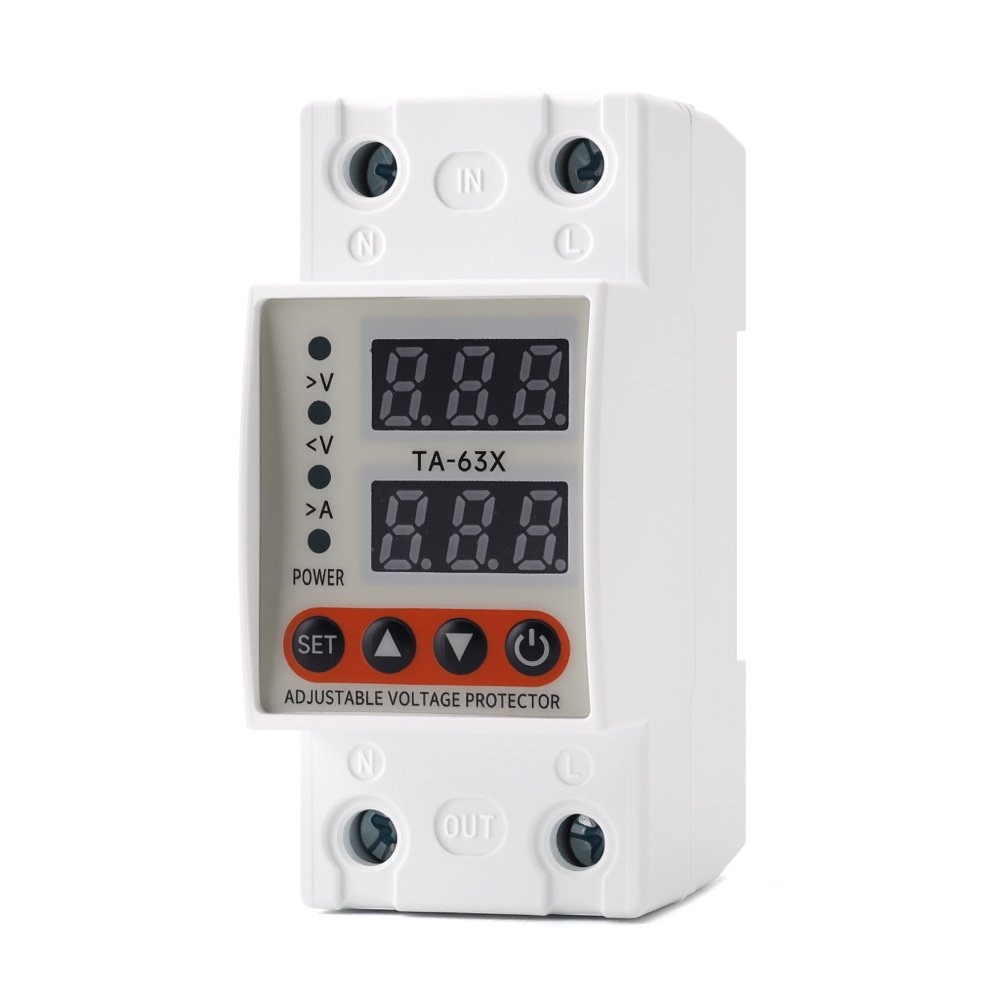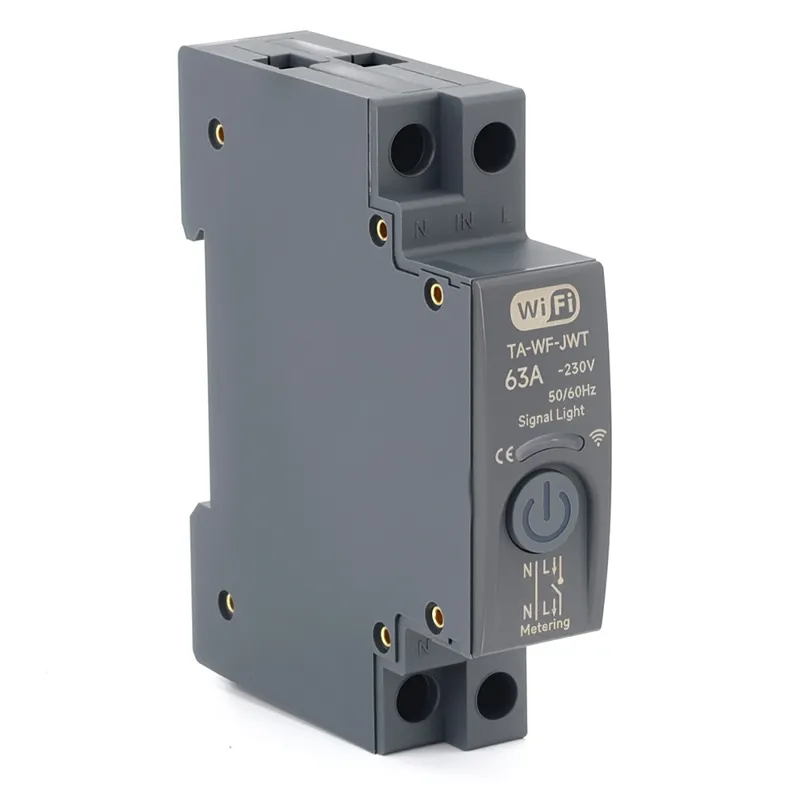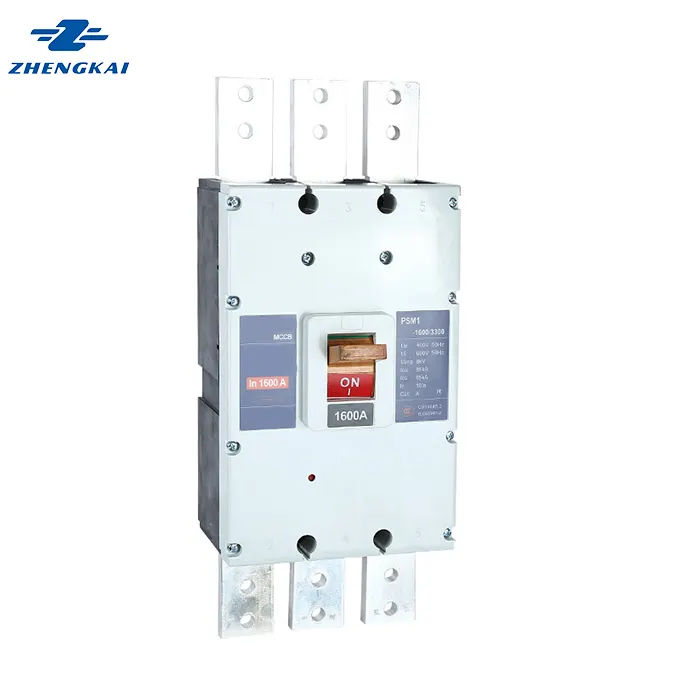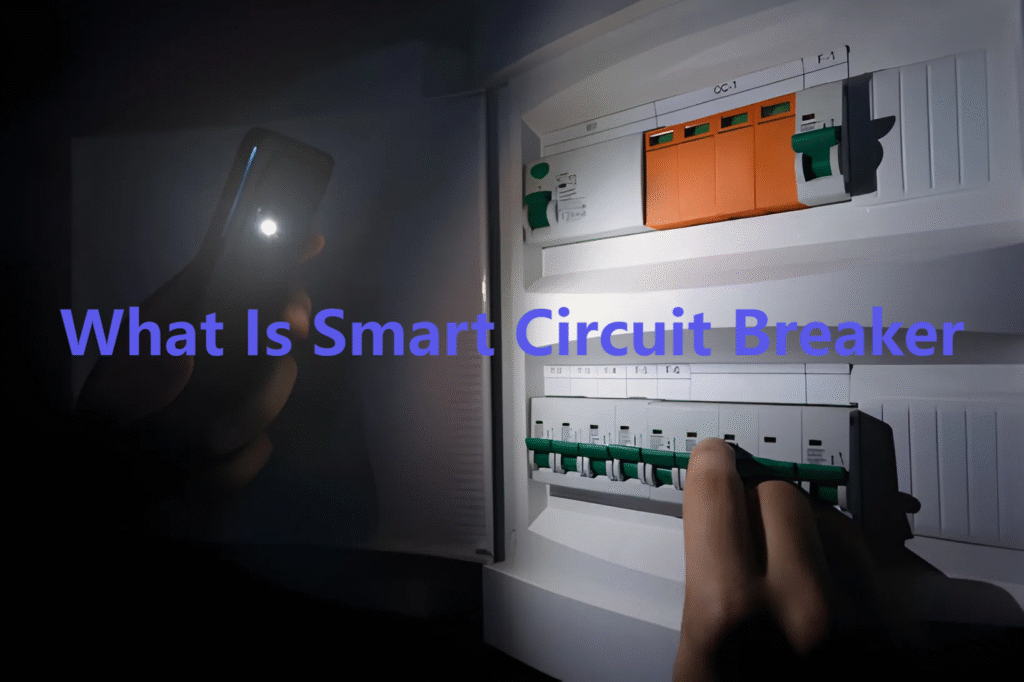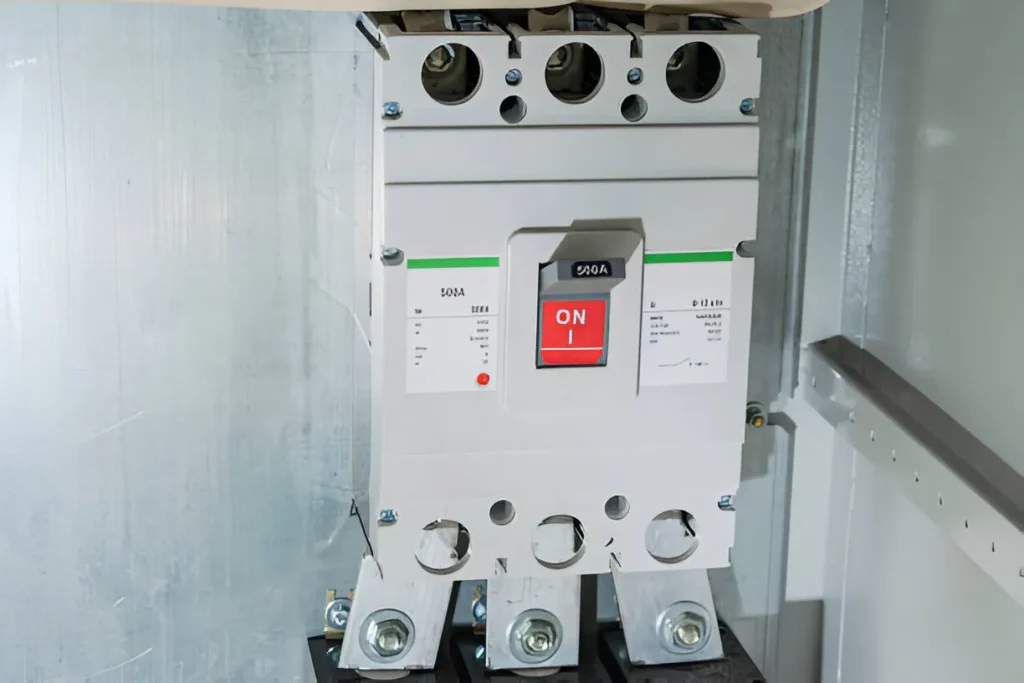As an important equipment widely used in industrial production and daily life, the stability and safety of motors are directly related to work efficiency and equipment life.
During operation, motors may face faults such as overload and short circuit. If these problems are not handled in time, they will not only damage the equipment, but also cause serious safety accidents. It is crucial to choose the right protection device for the motor.
This article will make a detailed comparison between motor protection circuit breakers and traditional fuses to help readers understand the characteristics and applicable scenarios of the two, so as to make a more informed choice.
Motor protection circuit breaker and traditional fuses
1.Motor Protection Circuit Breaker (MPCB)
The motor protection circuit breaker is a protective device designed for motors, which can provide multiple protections such as overload, short circuit and phase imbalance.
Its core working principle is based on the dual mechanism of thermal and magnetic: when the current exceeds the set value, the thermal element will trigger the circuit breaker due to the increase in temperature; in the case of a short circuit, the magnetic element will quickly cut off the current.
Due to its adjustability and high efficiency, MPCB is widely used in various types of motor equipment in industrial environments.
2.Traditional fuses
Traditional fuses are simple and economical circuit protection devices. Their working principle is based on thermal effect: when the current exceeds the fuse value, the internal conductor of the fuse melts due to overheating, thus cutting off the circuit.
This one-time design makes it easier to install and replace, but it also brings the problem of frequent maintenance. Fuses are usually used in cost-sensitive scenarios such as household appliances and small loads.


Performance comparison
1.Overload protection capability
Motor protection circuit breaker: MPCB allows users to adjust the overload protection value according to specific needs, so that it can accurately match the operating characteristics of different types of motors. This flexibility is particularly suitable for scenarios where the load changes frequently or high-precision protection is required.
Traditional fuse: The fuse’s melting value is fixed and cannot be adjusted according to actual needs. This limitation may result in insufficient protection in some cases, or frequent melting due to excessive sensitivity.
2.Short-circuit protection response speed
Motor protection circuit breaker: Its magnetic element can quickly respond to short-circuit conditions and cut off the current within milliseconds, thereby effectively avoiding equipment damage or safety hazards caused by short circuits.
Traditional fuse: Although it can also deal with short circuits, it relies on the melting of the conductor to cut off the circuit, so the response speed is relatively slow. In high-risk scenarios, this may cause greater damage.
3.Reusability
Motor protection circuit breaker: MPCB has a reset function. Once the fault is resolved, it can be put back into use by manual or automatic reset. This not only saves time, but also reduces maintenance costs.
Traditional fuses: Fuses are disposable products that need to be replaced with new ones every time they blow, which not only increases the maintenance workload but may also lead to longer downtime.
4.Installation and maintenance costs
Motor protection circuit breakers: Although the initial purchase cost is high, their durability and low maintenance requirements make long-term use costs lower, making them suitable for users who pursue long-term economic benefits.
Traditional fuses: The initial cost is low, but due to frequent replacement and downtime maintenance, their long-term use costs may gradually increase.
Application scenario analysis
1.Industrial field
In industrial production, equipment usually needs to run continuously for a long time, and the environmental conditions are complex, such as high temperature, high humidity or dust environment. At this time, motor protection circuit breakers become the first choice with their flexible adjustment ability and reliable performance. For example, in large mechanical equipment, MPCB can effectively prevent equipment shutdown caused by overload or short circuit, thereby ensuring production efficiency.
2.Home or small equipment
For home electricity or small load equipment, cost is often the primary consideration. Traditional fuses are more suitable for such scenarios because of their low price and easy installation. In addition, since the load of home electricity is small and the risk of failure is limited, fuses can meet basic needs.
3.Special environmental requirements
In some special environments, such as frequent start-stop or large instantaneous impact current, MPCB shows stronger adaptability. For example, in lifting equipment or water pump systems, large starting currents may cause ordinary fuses to melt frequently, while MPCB can avoid false operation by adjusting parameters.
Advantage and Disadvantages
Motor protection circuit breaker
Advantages:
- Flexible adjustment of overload protection value
- Quick response to short circuit
- Resettable, multiple use
- Low cost for long-term use
Disadvantages:
- High initial investment
Traditional fuses
Advantages:
- Low cost
- Easy to install
- Can meet simple load requirements
Disadvantages:
- One-time use, need to be replaced frequently
- Cannot flexibly adjust parameters
- Slow short-circuit response
Conclusion
From the above comparison, it can be seen that motor protection circuit breakers and traditional fuses have their own advantages and disadvantages.
In practical applications, appropriate protection devices should be selected according to specific needs and budget to ensure safe operation of equipment and extend its life.


